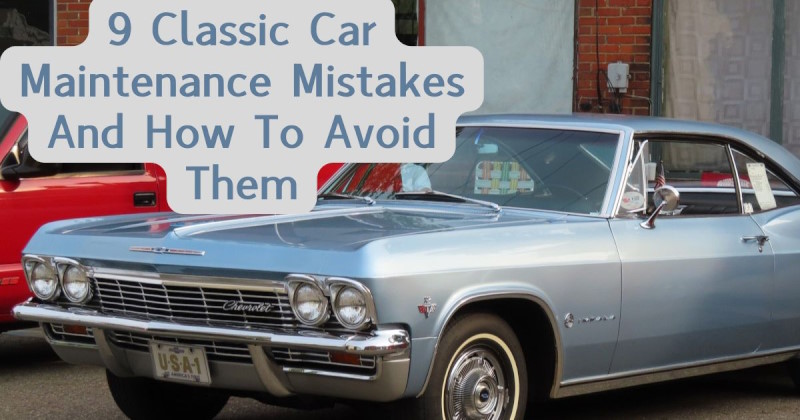
There’s nothing quite like the thrill of cruising down the street in a gleaming classic car, turning heads and sparking conversations at every stoplight.
Owning a vintage beauty isn’t just about transportation—it’s a journey back in time, a tangible piece of automotive history that brings joy and a sense of pride unmatched by modern vehicles.
But let’s be honest: classic cars come with their own set of quirks and challenges. They’re like the old friends who need a bit more attention but are totally worth it.
If you’re looking to keep that engine purring and those chrome details shining, stick around. We’ve got some insider tips to help you avoid common pitfalls and keep your classic ride in top-notch condition.
Neglecting Regular Oil Changes
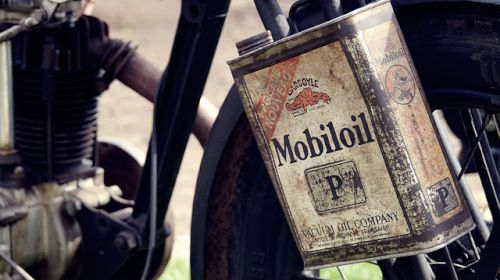
One of the biggest mistakes classic car enthusiasts make is treating oil changes like an afterthought. Unlike modern engines, classic car engines often require more frequent oil changes due to less efficient combustion and filtration systems.
Make it a habit to change the oil every 1,000 to 3,000 miles. Use high-quality, classic car-friendly oil that contains the right additives to protect older engine components. Trust us; your engine will thank you with smoother rides and a longer lifespan.
Remember, old engines have different needs. Ignoring regular oil changes can lead to increased engine wear and even costly rebuilds. So, mark that calendar and keep the oil flowing!
Using Modern Fuel Without Additives

Modern gasoline isn’t always kind to vintage engines. The absence of lead and the presence of ethanol can cause knocking, overheating, and damage to fuel system components.
Invest in lead substitute additives or ethanol-free fuel options. These products can protect soft valve seats and prevent corrosion in the fuel system. It’s a small step that makes a big difference in performance and longevity.
By giving your fuel that extra boost, you’re ensuring your classic car runs as smoothly as it did back in the day, without the hiccups modern fuel can introduce.
Related: 7 Maintenance Tips to Keep Your Classic Car Running Smoothly
Ignoring Rust Formation
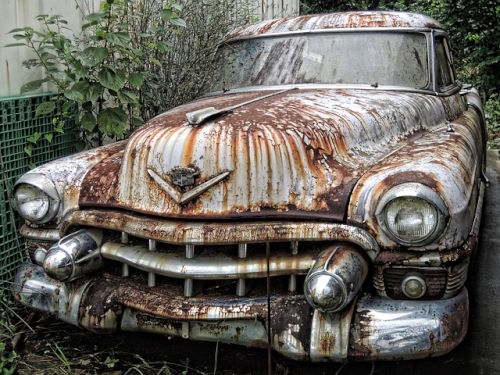
Rust is the silent enemy of all classic cars. It can start small and spread quickly, compromising the structural integrity and aesthetics of your prized possession.
Regularly inspect your car for signs of rust, especially in hidden areas like the undercarriage, wheel wells, and beneath trim pieces. If you spot any, address it immediately with rust inhibitors or professional treatment.
Think of rust checks as routine health screenings for your car. Catching issues early keeps minor blemishes from turning into major surgery.
Overlooking Brake Maintenance

Classic cars often come with braking systems that don’t match modern standards. Overlooking their maintenance can lead to decreased stopping power, which is not only risky but could also damage your car.
Regularly check brake pads, rotors, and fluid levels. Consider upgrading to modern brake components or systems designed for classic cars to enhance safety without compromising authenticity.
After all, it’s not just about going—it’s about stopping safely too. Keeping your brakes in check ensures every drive is as safe as it is enjoyable.
Using Incorrect Replacement Parts
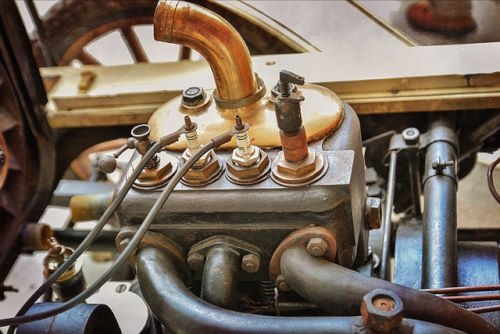
It might be tempting to use readily available modern parts when something needs replacing. However, incompatible parts can cause more harm than good, affecting performance and value.
Source original or compatible aftermarket parts specifically designed for your car’s make and model. Join classic car clubs or forums where members share resources and recommendations for finding those elusive components.
By keeping it authentic under the hood, you’re preserving the very essence of what makes your classic car special.
Related: 11 DIY Maintenance Tasks for Every Classic Car Owner
Not Storing the Car Properly
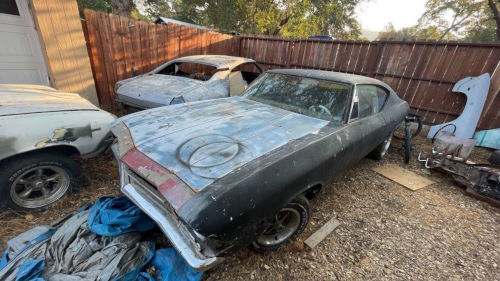
Leaving your classic car exposed to harsh weather can accelerate wear and tear. Sunlight, moisture, and temperature fluctuations are all culprits in deteriorating paint, interiors, and mechanical parts.
Store your car in a clean, dry garage. Use a high-quality car cover for added protection. If possible, invest in a climate-controlled environment to maintain optimal conditions year-round.
Proper storage is like giving your car a comfortable home—it keeps it cozy and ready for the next adventure whenever you are.
Skipping Regular Drives

Letting your classic car sit idle for extended periods can lead to a host of issues, from battery drain to tire flat spots and engine problems.
Take your car out for a spin at least once a month. This keeps all the moving parts lubricated, prevents seals from drying out, and it’s a perfect excuse to enjoy the open road.
Regular drives aren’t just good for the car—they’re good for the soul. So, grab those keys and make some memories!
Failing to Update Electrical Systems
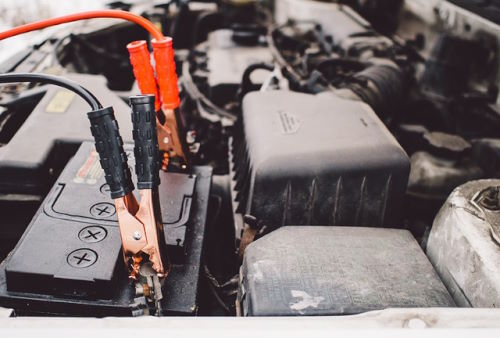
Old wiring and electrical components can be unreliable and even pose safety hazards. Flickering lights or slow-starting engines are signs that your electrical system needs attention.
Have a professional inspect your wiring harness, fuses, and connections. Upgrading to modern equivalents, like halogen headlights or electronic ignition systems, can improve reliability while keeping the classic look.
Electrical gremlins can be pesky, but with a little TLC, you can keep them at bay and ensure your classic car runs smoothly.
Not Keeping Up with Cooling System Maintenance

Classic cars are more prone to overheating due to older cooling system designs. Neglecting this can lead to serious engine damage.
Regularly check coolant levels and the condition of hoses and belts. Consider installing a high-efficiency radiator or electric cooling fans to enhance the system’s effectiveness.
Keeping your cool is key—both for you and your car. A well-maintained cooling system ensures your drives stay enjoyable, even on those hot summer days.
Final Thoughts
Owning a classic car is more than a hobby—it’s a passion that connects us to automotive history and the simple joys of the open road. By avoiding these common maintenance mistakes, you’re not just preserving a vehicle; you’re safeguarding a legacy.
Do you have your own tips or stories about classic car care? Maybe a photo of your prized ride you’d love to share? Join the conversation and drop a comment on our Facebook page. We can’t wait to hear from fellow enthusiasts and see those timeless beauties!
Related Articles:
